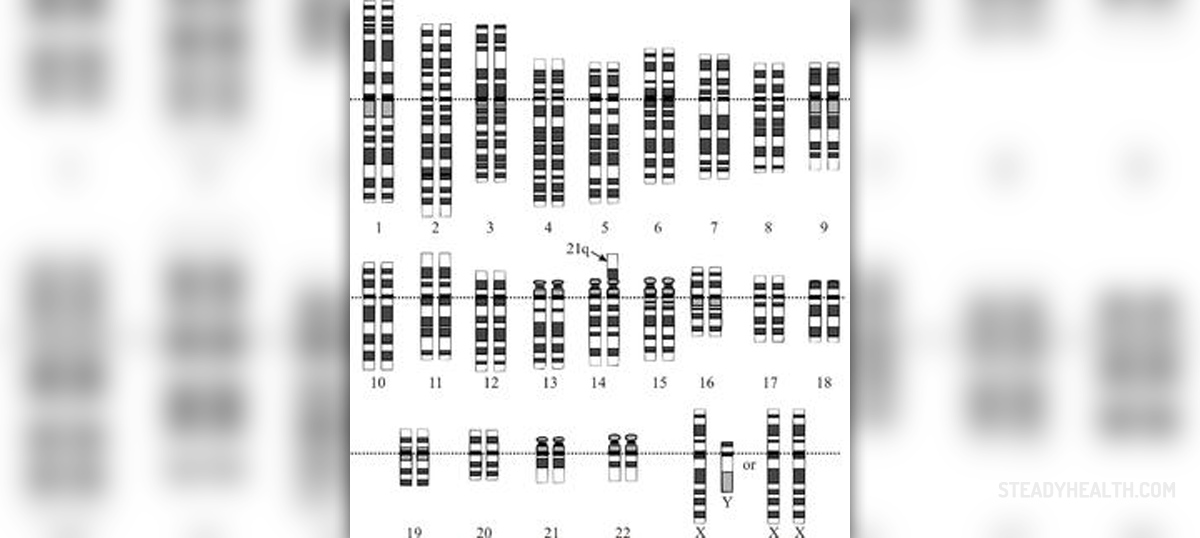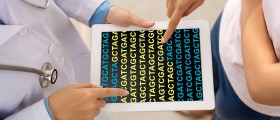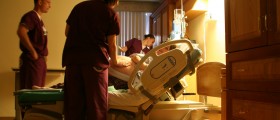
Down syndrome is a genetic disorder caused by the presence of an extra 21st chromosome. This condition is also known under the name trisomy 21. The second name indicates the specific nature of chromosomal error that occurs in these patients. Chromosomal errors usually occur as problems in cell division. These errors can be numerical or structural.
What is Down syndrome?
Trisomy 21 is a numerical disorder, which occurs when an individual has a wrong number of chromosomes of a pair. Normally, people have 46 chromosomes organized in 23 pairs. People with Down syndrome have an extra chromosome 21, which makes three instead of two chromosomes 21, and 47 chromosomes in the body. This extra genetic material is responsible for numerous developmental problems associated with this disease. People with Down syndrome are born mentally retarded, they have impairments in physical growth, and often suffer from numerous health conditions. The global incidence of Down syndrome is estimated at one per 733 live births.
However, the condition is statistically more common in with older parents, and especially with older mothers. This happens probably because the reproductive cells of older females have suffered increased mutagenic exposures. Still, it is important to note that most of the children born with Down syndrome are actually born by younger mothers – as much as 80% of them. This is because younger women tend to have more children than the older ones.
Maternal Age-Related Risks for Down syndrome
Among all other factors, the most important risk factor for Down syndrome is maternal age. As women grow older, their chance of having a pregnancy with a chromosome abnormality dramatically increases. However, it is important to understand that age-related risks at the time of prenatal diagnosis are higher than the age-related risk at birth. This happens because about 25% of pregnancies with Down syndrome are miscarried or stillborn.
Before taking a closer look into the official statistics about maternal age-related risk factors for Down syndrome, it is important to understand that in some cases this information may not apply. For example, women who have already delivered a child with Down syndrome are at much higher risk than the general population. The same applies for women who have a family history of chromosomal translocation. These individuals are advised to take a genetic counseling as a part of their family planning.
At the age of 35 about one baby per each 350 live births is born with Down syndrome. At the age of 40, a woman will have one/100 chances to deliver a baby with Down syndrome, while this risk even further increases when a woman is 45 and older, and it is estimated at one pregnancy with Down syndrome per each 25 live births.

















Your thoughts on this
Loading...